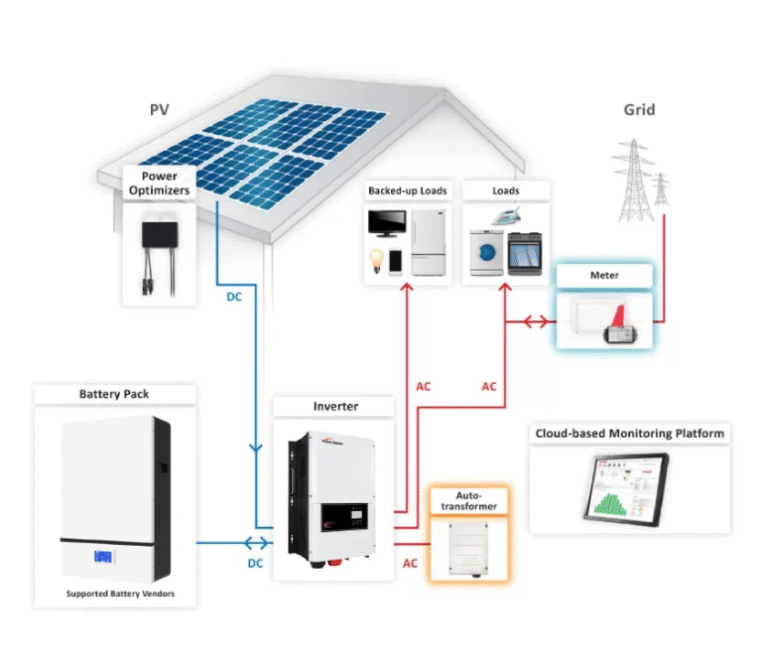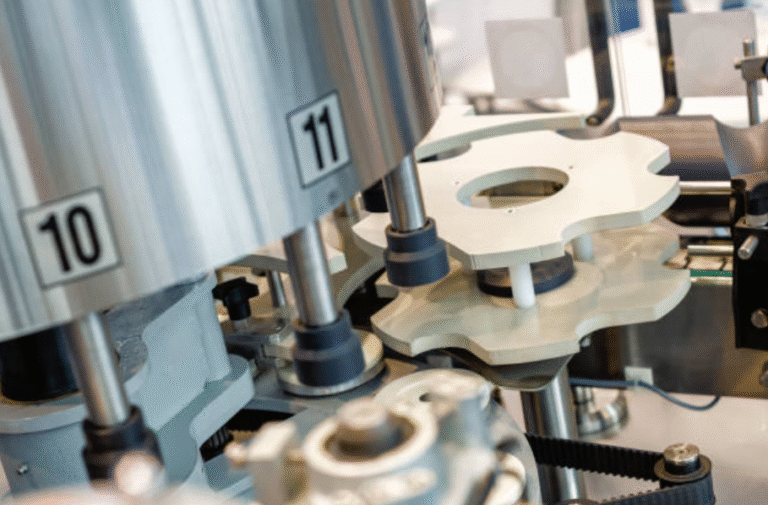How to diagnose and solve the clamping force loss of a plastic injection molding machine?

Loss of clamp force on a plastic injection molding machine can derail production, affect part quality, and reduce profitability. Clamp force is the pressure that presses the two halves of the mold together during the injection molding process, critical to preventing flash, ensuring dimensional accuracy, and maintaining consistent cycle times. When the clamp force weakens, you may notice increased scrap rates, mold separation, or hydraulic shutdowns.
Verification and calibration of clamp force sensors for plastic injection molding machine
The first step I take is to verify the machine’s force measurement system. Modern plastic injection molding machines utilize load cells or hydraulic sensors to monitor clamp force in real-time. I start by comparing the force displayed on the human-machine interface to the reading of a calibrated external pressure gauge or load cell. A difference of more than 2% to 3% usually indicates sensor drift or wiring faults. To correct this, I recalibrated the sensor according to the manufacturer’s procedures. Zero the sensor, apply a known load, and update the calibration constants of the control software. I also check the sensor cable for wear, loose connectors, and moisture infiltration. This ensures that the clamp force reported by the machine accurately reflects the actual clamp pressure, providing a reliable baseline for further diagnostics and analysis.
Check the hydraulic system for leaks and contamination.
After confirming that the readings are accurate, I check the hydraulic system, which is often the root cause of a loss of clamping force on the injection molding machine. I start by visually inspecting all hoses, fittings, and cylinder seals for leaks. Even a small leak can reduce system pressure and reduce clamping capacity. Next, I test the system pressure using a certified pressure gauge. I isolate the clamping circuit and measure the pressure at the pump outlet under load, comparing it to the specified clamping pressure.
Additionally, I sample the hydraulic fluid for particulate contamination (using ISO cleanliness codes) and verify the fluid viscosity and water content. Contaminants or deteriorated oil can cause valves to stick or pumps to wear, resulting in uneven or insufficient pressure. By replacing filters, fixing leaks, and flushing with fresh hydraulic oil, I restore full clamping force and system reliability.
Evaluate the performance of accumulators and pressure relief valves.
Many plastic injection molding machines are equipped with accumulators or pressure relief valves to smooth the clamping action and prevent pressure spikes. These components can degrade over time, affecting the consistency of the clamping force. I test accumulators by measuring the pre-charge pressure and checking the integrity of the bladder. A drop in pre-charge pressure or a ruptured bladder reduces the stored energy available for quick clamping, resulting in a weakened clamping force. Likewise, I check the pressure relief valve for proper opening pressure by removing the valve core, cleaning any deposits, and bench testing its opening pressure using a spring tester. A worn or contaminated pressure relief valve may open prematurely, reducing clamping force. Once I recalibrate or replace these parts, clamping performance returns to factory levels.
See also: The Influence of Tech on Modern Communication
Evaluating Mechanical Wear on Tie Rods and Platens of Plastic Injection Molding Machine
In addition to the hydraulic system, mechanical wear can also weaken the clamping force of an injection molding machine. I regularly inspect tie rods, platens, and linear bearing surfaces for signs of wear, scoring, or misalignment. Overstretching of tie rods or deformation of platens under load will reduce the effective force transferred to the die. To measure this, I place a dial indicator on the platens and perform a static clamp test, observing any uneven displacement that may occur. Additionally, if the readings are outside the manufacturer’s tolerance range, I will replace worn tie rods or re-machine the platen surfaces to restore parallelism. Additionally, I grease or replace the linear bearings on two- and three-platen machines to ensure smooth, frictionless motion, thereby maintaining maximum clamp force during each cycle.
Optimize Control Parameters and Timing
Sometimes, clamp force issues stem from control software or sequence timing rather than hardware failures. Recipe modifications or accidental parameter changes can shorten the build-up time of clamp pressure, resulting in incomplete clamping at the beginning of the injection phase. I check the machine’s clamping profile and confirm that the pressure rise curve reaches its maximum clamp force before the injection signal. I also ensure that the sequence allows for sufficient mold closure dwell time (e.g., 0.5 seconds) to ensure hydraulic stability. If necessary, I adjust the “pre-close” pressure setting to a moderate value to align the mold halves before maximum clamp force engages, reducing shock loads and ensuring reliable clamping. By optimizing the clamping profile parameters, I can eliminate premature clamping and increase machine output.
Restoring and Maintaining Clamping Force on Plastic Injection Molding Machines
Diagnosing and resolving loss of clamping force on plastic injection molding machines requires a systematic examination of sensors, hydraulic systems, mechanical components, and control parameters. I have successfully restored clamping force on numerous machines by verifying sensor calibration, repairing hydraulic leaks, testing accumulators and pressure relief valves, evaluating mechanical wear, optimizing control sequences, and performing preventive maintenance.





